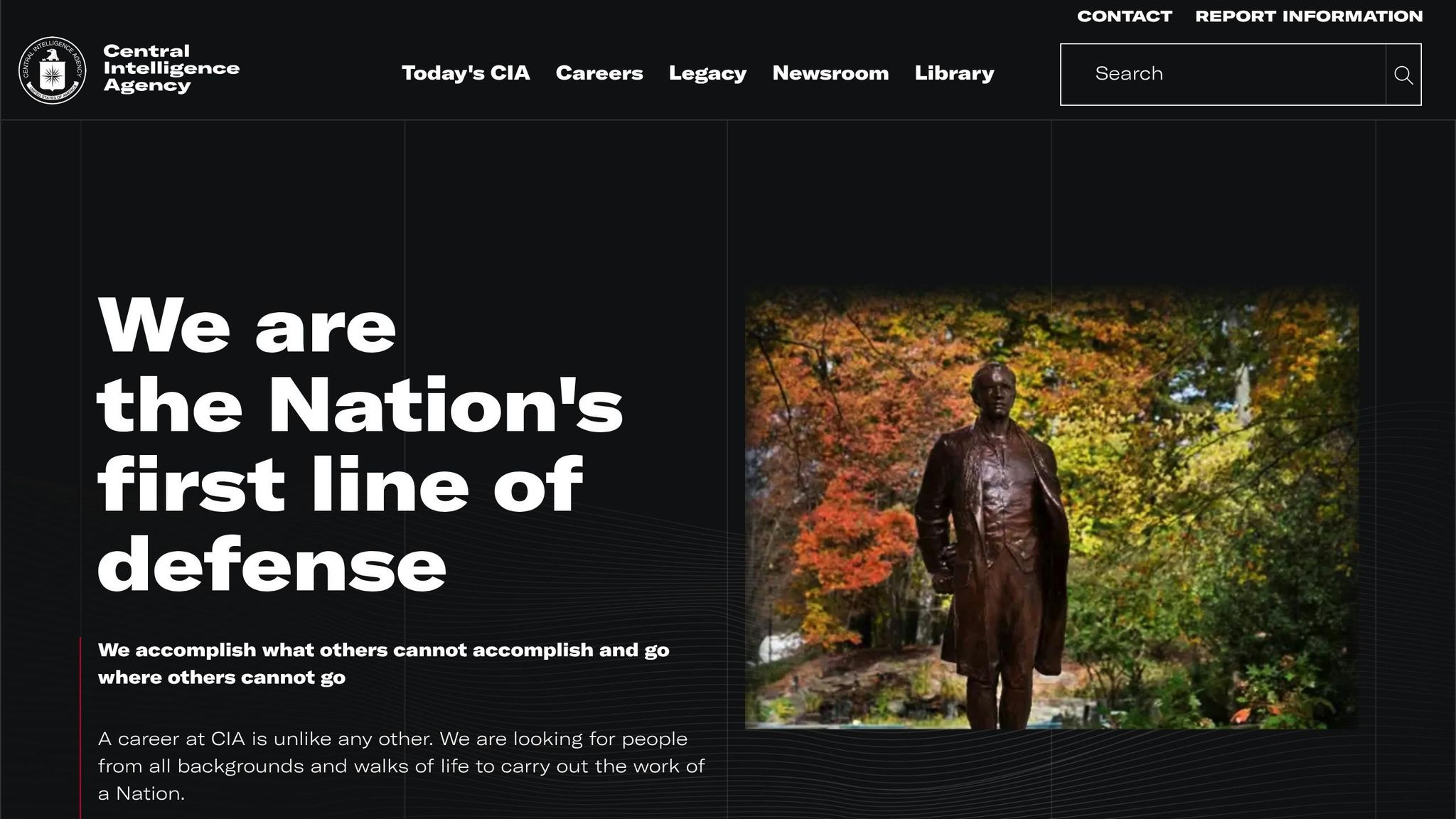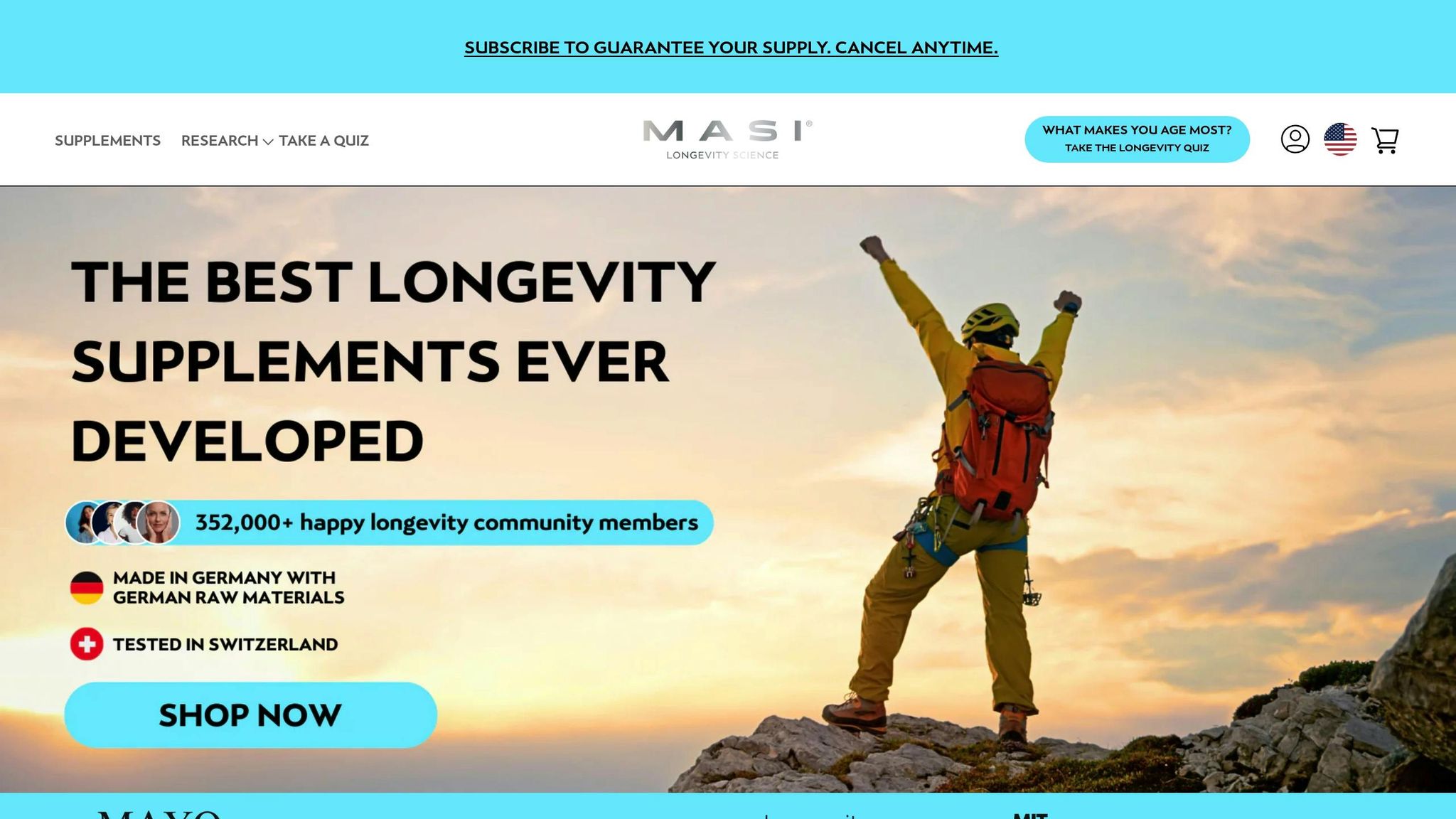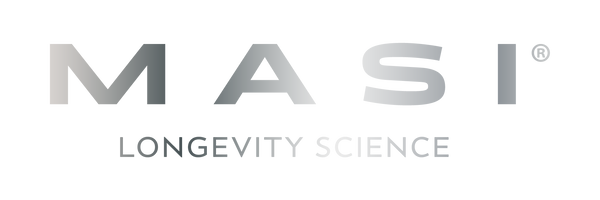Sleep trackers collect sensitive health data like heart rate, oxygen levels, and sleep stages to help you monitor your well-being. But this comes with privacy risks. Here's the key takeaway: Your sleep data needs stronger protections.
Key Points:
- Privacy Concerns: Sleep trackers collect personal health data that could be misused if not properly secured.
- Security Advances: Companies are using AI for real-time threat detection, encrypted storage, and local data processing to protect your information.
- Challenges Remain: Issues like large-scale data collection, external data sharing, and weak privacy laws still pose risks.
- User Control: Modern devices offer features like privacy settings, selective data sync, and emergency data purge options.
Bottom Line:
Protecting sleep data is essential as wearables become more advanced. Manufacturers are improving security, but challenges like outdated privacy laws and data-sharing risks still need attention.
Why the CIA Bans Sleep Tracking Devices

New Privacy Protection Methods in Sleep Devices
With privacy concerns on the rise, sleep device manufacturers are stepping up their security measures. As sleep tracking technology evolves, companies are turning to AI-powered systems to protect sensitive data. These systems use machine learning to identify normal activity patterns and quickly spot unusual behavior that might indicate a breach.
Some key features of these AI-driven security systems include:
- Real-time threat detection using advanced pattern recognition
- Automated responses to handle suspicious activity immediately
- Continuous monitoring to identify and address potential vulnerabilities
These advancements are helping to strengthen data security in wearable sleep devices.
Main Privacy Protection Obstacles
Even with advancements in technology, sleep tracking still grapples with persistent data security challenges. These issues highlight the need for stronger strategies to safeguard user information.
Challenges with Large-Scale Data Collection
Modern devices collect an array of sleep-related data, including heart rate variability, blood oxygen levels, movement patterns, environmental factors, and sleep stages. As the volume of this sensitive information grows, managing and securing it becomes increasingly difficult. The combination of rising user numbers and expanding data sets adds another layer of complexity to ensuring secure storage and handling.
Risks in External Data Sharing
Many sleep tracking apps share data with external services like cloud providers, analytics tools, and research organizations. Every time data is transferred - whether to another platform or integrated with health apps - it introduces potential security vulnerabilities. If these external parties don’t follow strict security measures, the risk of unauthorized access increases significantly.
Gaps in Current Legal Protections
Privacy laws like HIPAA are primarily designed for traditional medical data and often fall short when it comes to wearable devices like sleep trackers. Many consumer-focused devices operate in a regulatory gray area, leaving users with limited protections. Issues include narrow coverage, inconsistent global privacy standards, and weak enforcement mechanisms that fail to prevent breaches. These shortcomings highlight the urgent need for updated regulations that align with modern technology and the growing volume of personal data.
sbb-itb-4f17e23
Data Protection Methods and Standards
As sleep tracking technology advances, companies are focusing on safeguarding user data while giving individuals greater control over their personal information.
User Privacy Settings
Modern sleep trackers now allow users to fine-tune their privacy preferences. Some of the key options include:
- Choosing specific sleep metrics to monitor
- Setting up automatic data deletion schedules
- Adding extra authentication for sensitive information
These features are paired with clear and accessible privacy policies to ensure transparency.
Clear Privacy Terms
Manufacturers provide straightforward privacy dashboards that outline:
- The types of sleep data collected
- Whether data is stored on the device or in the cloud
- Any third parties with access to the data
- How long the data is retained
This clarity helps users understand exactly how their information is handled.
Built-in Privacy Features
Devices are now equipped with advanced privacy measures that go beyond basic settings and policies:
- Local Processing: Analyzing data directly on the device to reduce the need for external transmission
- Selective Sync: Allowing users to decide which data points are uploaded to cloud servers
- Emergency Purge: Offering a quick option to erase all sleep tracking data
- Encrypted Storage: Applying strong encryption to protect stored data
Additionally, newer technologies are introducing privacy settings that can automatically adjust based on factors like network conditions or location, improving overall data security.
Next Steps in Sleep Data Protection
As privacy measures advance, new technologies aim to provide even stronger safeguards for sleep tracking data.
With sleep trackers becoming a regular part of daily routines, companies are working on ways to protect user information without sacrificing functionality.
Securing Smart Home Connections
As sleep trackers link with smart home systems, manufacturers are stepping up their security measures. Improved protocols are being designed to protect the flow of data between sleep trackers and smart home hubs.
Real-Time Security Alerts
Real-time alerts are becoming a key feature in protecting sleep data. These systems monitor for unusual activity or attempts at unauthorized access and notify users immediately. This adds an extra layer of protection alongside existing encryption and local data processing.
Global Privacy Standards
Efforts are underway to establish international guidelines for wearable device privacy. Governments and organizations are working together to create consistent policies that allow secure data sharing across borders while ensuring strong privacy protections.
These advancements aim to strengthen the security of sleep tracking data for users everywhere.
Conclusion: Privacy and Progress in Sleep Tracking
As sleep tracking technology advances, finding the right balance between cutting-edge monitoring and strong data protection remains critical. The future of this industry depends on prioritizing privacy while pushing the boundaries of innovation.
Next-Generation Sleep Devices
Companies are increasingly incorporating privacy safeguards during the development phase. New devices are improving protections with features like:
- Advanced encryption protocols to secure user data
- On-device processing to reduce data sharing
- Simplified privacy controls for users to manage their data
- Ongoing vulnerability monitoring to address potential risks
MASI Longevity Science and Health Tech Standards

MASI Longevity Science sets an example by emphasizing transparency and rigorous testing. Their commitment to independent testing in Switzerland reflects the high standards essential for safeguarding privacy in wearable technology.
To build trust, sleep tracking manufacturers should adopt measures like independent audits, clear data policies, thorough testing before launch, and continuous monitoring for security. This focus on transparency and security helps foster confidence among users.
As the field of sleep tracking evolves, maintaining this equilibrium between technological progress and data protection will be key to the industry's growth in digital health.




